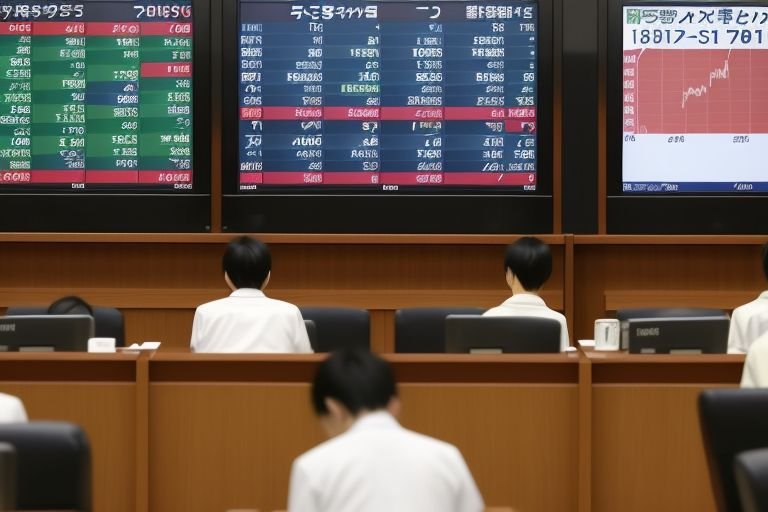Currently, Japanese economy can be described in one word – cyclical, Therefore, analysis of the recent changes in the Japanese economic system is rather complicated. The benchmark measure of the Japanese market, the Nikkei share average has declined to its lowest level it recorded since August 15, sinking by 1%. This decline has been primarily influenced by two factors: by a strengthening of yen and decline in the semiconductor stocks.
This has been of worry to Japanese exporters because it leads to an increased price of their exported products in foreign countries. Responsible for a large share of exports, automotive giants such as Toyota and electronics firms like Sony have not been spared Figure 2. The Japanese semiconductor industry, an important contributor to the Japanese technology market, has also suffered this year’s downturn in the U.S. technology stock market.
Investors are closely following today’s U.S non-farm payroll number, which are believed to contain clues to the key indicators of the health of America’s economy Structure. This data is especially important for Japan because of the economic interdependence between the two economics and the influence of the US business cycle on the world economy.
More pressure has been placed on the Bank of Japan (BOJ) as expectations of a raise in interest rate rise. This potential has given more market swings, which remind the stock market turbulence seen in the beginning of August. The so-called yen carry trade – borrowing in low interest rate-yen to fund investments in assets that offer higher interest rates – could be affected if the BOJ increases its interest rates.
Nevertheless, there are elements of hope for the Japanese economy: The IFI reported that the country’s Gross Domestic Product advanced 0.8% in the second quarter after it showed a decline in the first quarter. This growth was first noted in the level of production and investment activities. However, consumer spending remains low and there are still problems in the automotive segment, which includes a recently discovered issue of inappropriate testing of automobiles.
The Japanese government is now busy to prepare for the strengthening of Japanese position in the international technology market. Tokyo has allocated more than $27 billion of funds for at least the past three years to retake a significantly greater portion of the international semiconductor market. Such industrial policy focus goes to other sophisticated products such as batteries and solar panels, as Japan tries to regain its position as a leader in technology.
The tourism sector seems to be getting back to business with foreign visitors in Japan exceeding 24 million between January and August of this year, which is nearly 60 percent increase from last year. This increase in tourism is helping to support the economy, more especially in the commercial sectors where the cost of land has risen sharply.
These economic issues are another problem for Japan in the process of solving which an uncertain change in the ruling Liberal Democratic Party (LDP) leadership is expected. Since nine individuals are competing for the post of the party head and, therefore, the post of the prime minister, the result can be of importance for Japan’s economic measures and foreign policy.
Therefore, the Japan’s economy is in a dilemma and has unsettled factors as well as prospect. In this regard, it is possible to note that the foreign and domestic economic policies and changes in major sectors’ structure will influence the evolution of the economy in the course of months. While investors and policy makers closely follow these changes, the ability of the Japanese economy to sustain will be examined.


